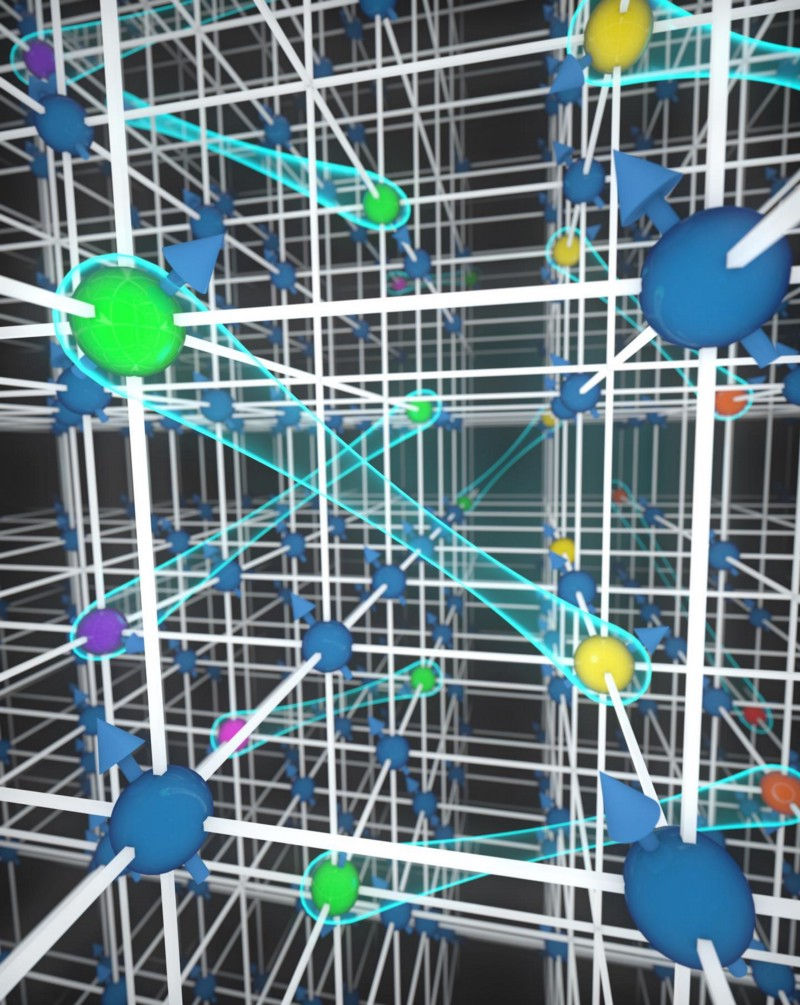Research Challenges Our Understanding of Quantum Theory
- Ken Ecott
- Apr 6, 2017
- 1 min read
A team of researchers at the University of East Anglia (UEA), UK, has discovered a new mechanism involved in the generation of paired photons.
The team, led by UEA Professor David Andrews, has shown that when photons are created in pairs, they can emerge from different, rather than the same, location.
The findings could have significant implications for quantum physics, the theoretical basis of modern physics.
Until now, the general assumption was that such photon pairs necessarily originate from single points in space.
Quantum entanglement — when particles are linked so closely that what affects one directly affects the other — is widely used in labs in numerous processes from quantum cryptography to quantum teleportation.
Prof. Andrews and his colleagues were studying a process called spontaneous parametric down-conversion (SPDC), in which photon beams are passed through a crystal to generate entangled pairs of photons.
“At a fundamental level, this process entails the conversion of pump photons into conascent, phase-matched pairs, executed by material interactions that entail the second-order nonlinear optical susceptibility: a third-order electric dipole response,” they explained.









Comments